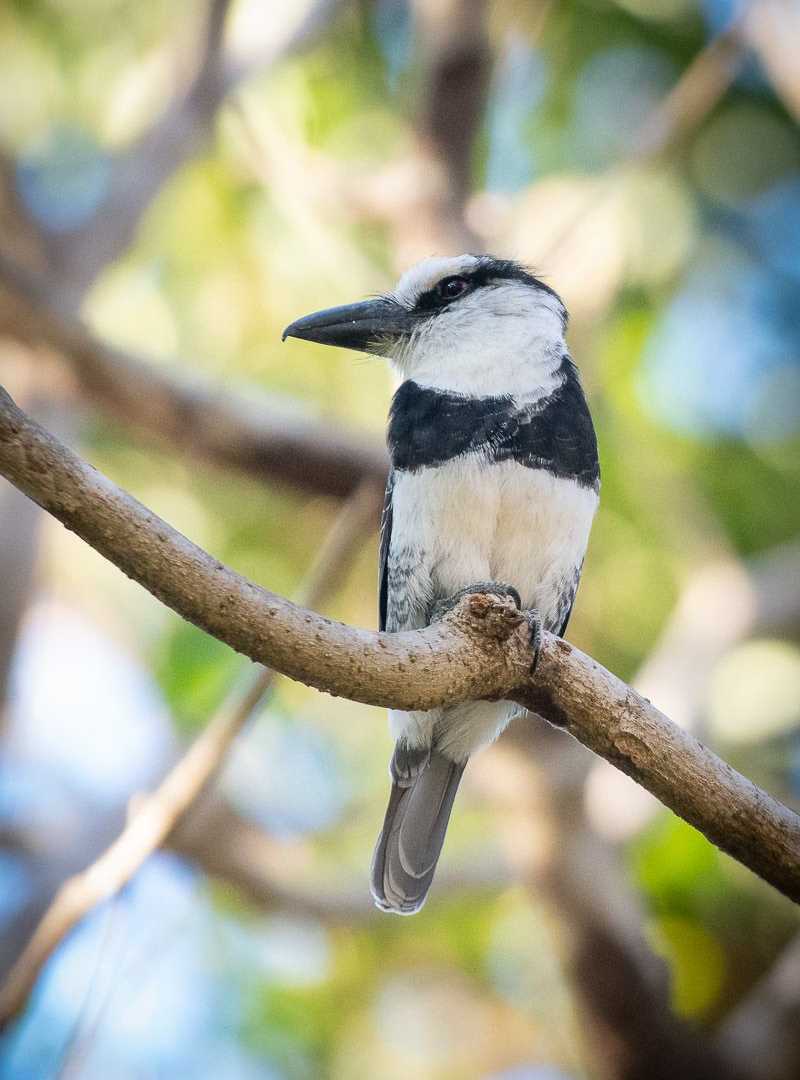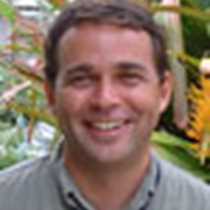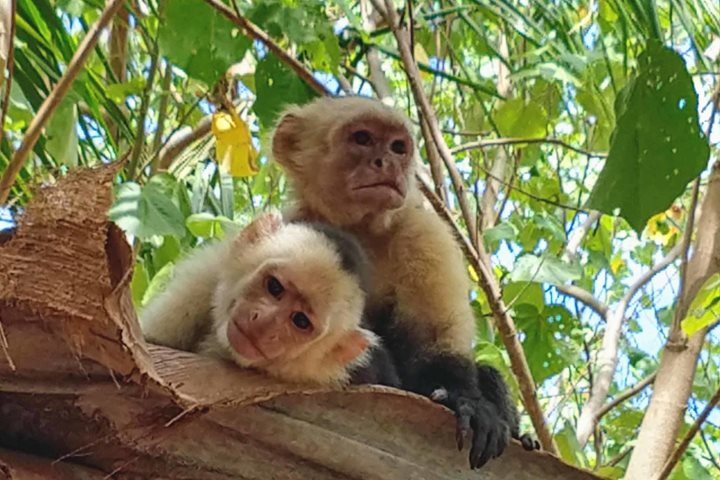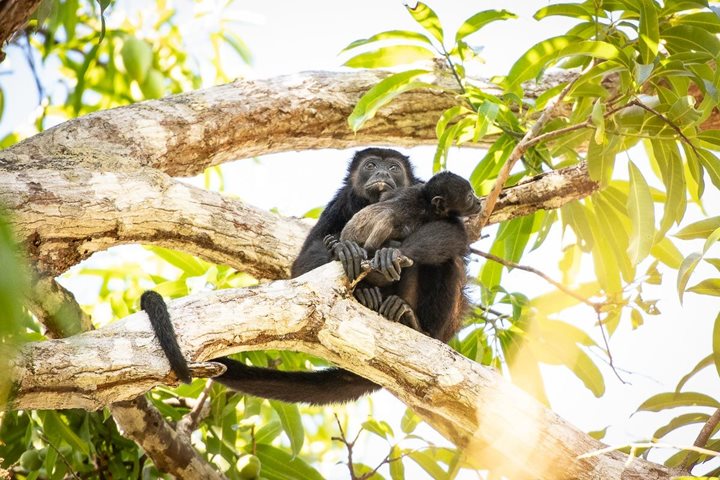At the break of dawn, humpback whales escorted National Geographic Quest on our inaugural visit to Guanacaste’s pristine gulf and Santa Elena Bay. Through a special arrangement with the authorities of the national park system and the local community of Cuajiniquil, we were granted permission to anchor inside Santa Elena Bay. This location has a unique management system. The Guanacaste Conservation Area created a marine buffer zone with the local community to support sustainable management of fisheries and visitation to this well protected bay.
By midmorning, guests had the opportunity to walk the one-mile long trail called Pintadero (the painted one). They saw a profusion of the most intricate elements of flora found in this tropical dry forest. We observed gumbo limbo or jinocuabe trees (Bursera simaruba), guapinol trees (Hymenaea courbaril), and guanacaste trees (Enterolobium cyclocarpum). The guanacaste tree is a national symbol of Costa Rica due to its majestic shape and beautiful wood. We also spotted many organisms that can survive the drought that usually occurs November through April. This natural setting connected us to Matapalito Beach, a delightful white sand beach where our guests and staff were the only human presence in the area.
By noon, National Geographic Quest repositioned to another new destination: the village of Cuajiniquil with its deserted, light-colored sand beach. Many guests tried the always-challenging paddleboarding; all partakers were able to stand up on the board. Other guests kayaked leisurely. These experiences connected our guests with plunging brown pelicans and gently flying frigatebirds. Guests also enjoyed swimming and walking an access road covered with forest. In my case, the nature walk was extremely satisfying with rare sightings of birds, including white-necked puffbirds, thicket tinamous, and boat-billed herons.
Sunset brought a fantastic coloration to the Continental Divide in our background, the majestic Orosi-Cacao volcanic complex, and the active Rincon de La Vieja Volcano. In order to understand the complexity of these geological formations, expert geographer Ronald Calvo provided a very insightful talk after dinner. Tomorrow, we open a new chapter to this story!







